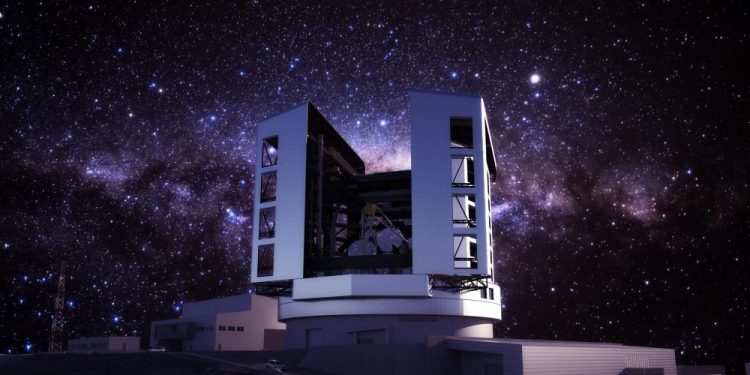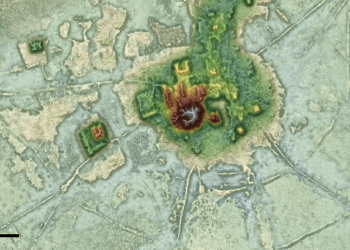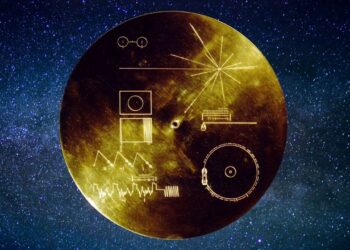In 2021, it was announced that the Giant Magellan Telescope project began crafting the sixth mirror segment out of seven total.
Once completed, the telescope will be one of several groundbreaking instruments capable of next-generation astronomical observations.
10 Reasons why the casting of the sixth mirror of the Giant Magellan Telescope is significant
1. The Hubble Space Telescope has been photographing the cosmos for thirty years. When complete, the Giant Magellan Telescope will have 10x the resolution of Hubble.
2. The Giant Magellan Telescope will be a reflector with a main mirror consisting of seven 8.4-meter circular segments with a total area of 368 square meters.
3. It will be able to photograph even the most distant planets and objects in the universe, and collect unparalleled data about each. It is one of several next-generation instruments that will search for signs of life in the cosmos.
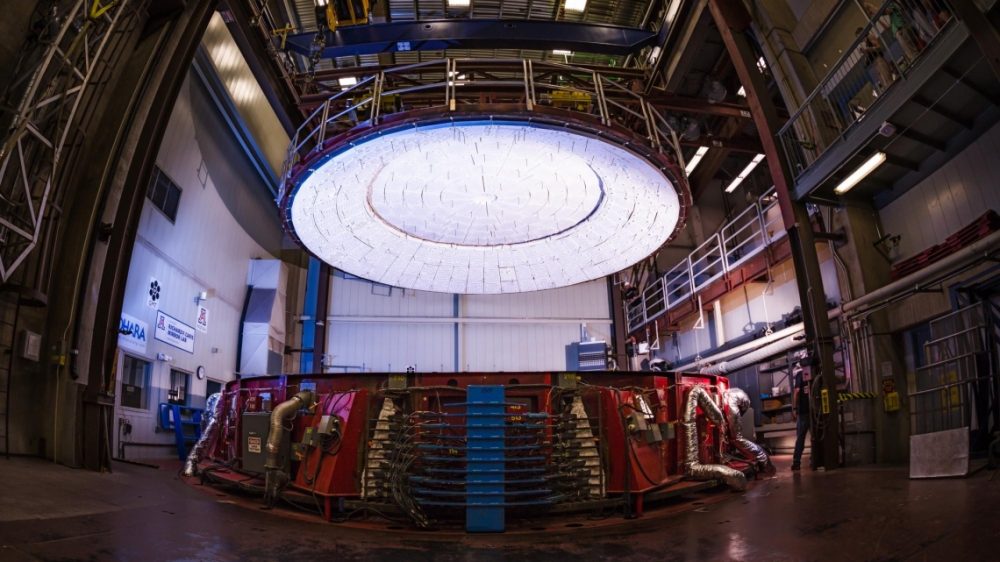
4. Like all modern telescopes, GMT will be equipped with an adaptive optics system that corrects the geometry of the mirrors in real-time to compensate for fluctuations in atmospheric permeability.
5. The telescope will be located at the Las Campanas Observatory in Chile, in the south of the Atacama Desert, where the climate is favorable for observation, and there can be more than three hundred clear nights a year. This will ensure the maximum efficiency of the telescope’s operation.
6. In another comparison, imagine the upcoming James Webb Space Telescope which will be launched later this year. JWST will already be extremely powerful and much more advanced than Hubble but it will be nothing compared to the Giant Magellan Telescope. The ground-based instrument will have 4x the viewing ability of James Webb.

7. Scientists use pure borosilicate glass to create each segment in the only facility in the world capable of casting such mirrors. The glass pieces are being melted in a special rotary kiln at a temperature of about 1165 C.
8. The cast piece is then slowly cooled over a period of three months in order to achieve a homogeneous glass. The next step is grinding and polishing. The mirror geometry should not differ from the ideal by more than 1/20 of the wavelength of visible light (several tens of nanometers).
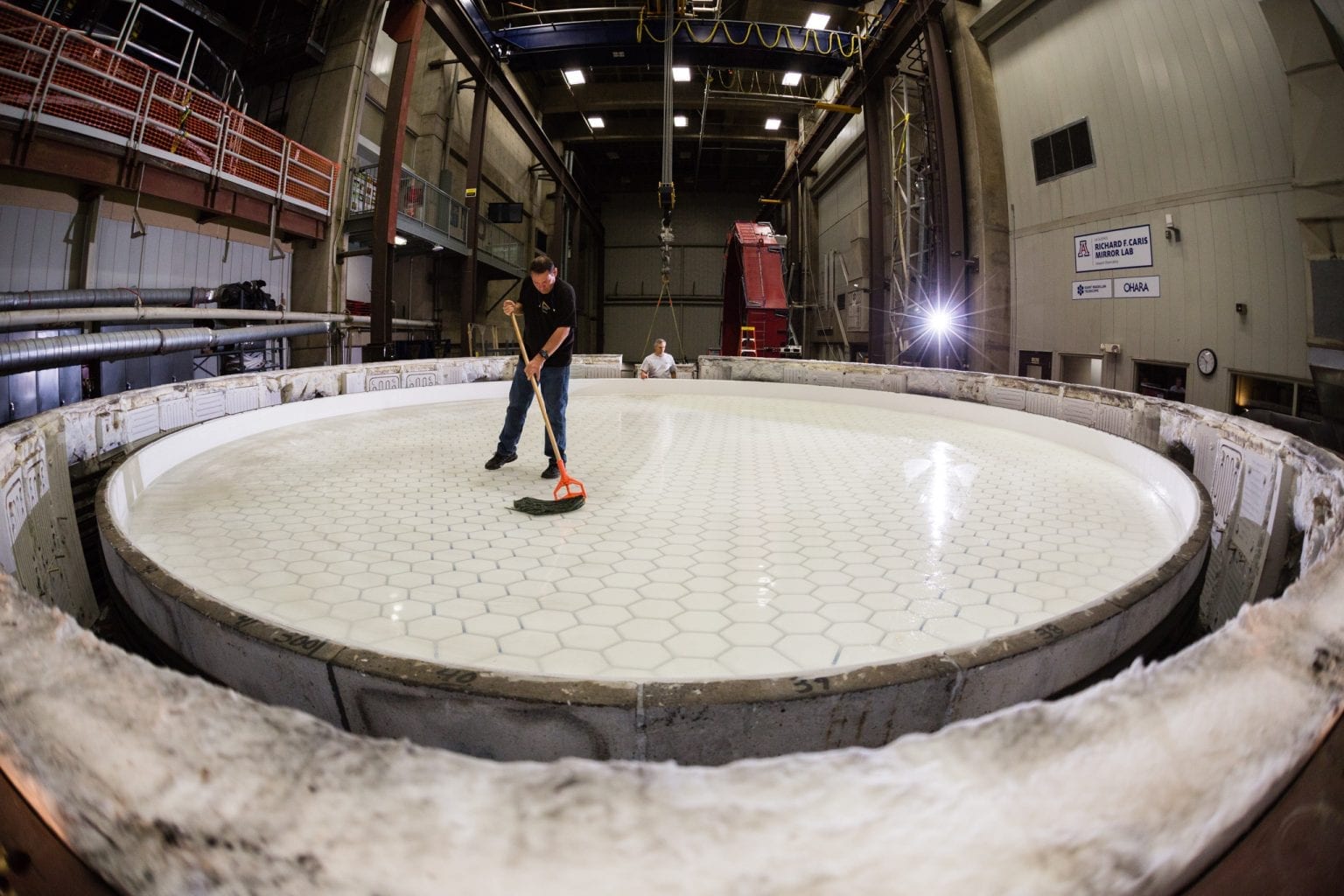
9. The production process of the sixth mirror segment began in March. Around June 1st, the team behind the project will inspect the new mirror.
10. Each mirror takes approximately 4 years to make, from start to end. Two are already in storage while the other three are in various stages of production that will soon be completed. The last segment will likely be cast around 2023.
Join the discussion and participate in awesome giveaways in our mobile Telegram group. Join Curiosmos on Telegram Today. t.me/Curiosmos
Sources:
• Giant Magellan Telescope. (n.d.). Engineering marvel: Sixth mirror cast for Giant Magellan Telescope.
• Meyers, C. (2021, March 30). These giant mirrors will help astronomers see to the edges of the uni.
• Stolte, D. (2021, March 08). Sixth mirror CASTING brings Giant Magellan TELESCOPE closer to completion.



